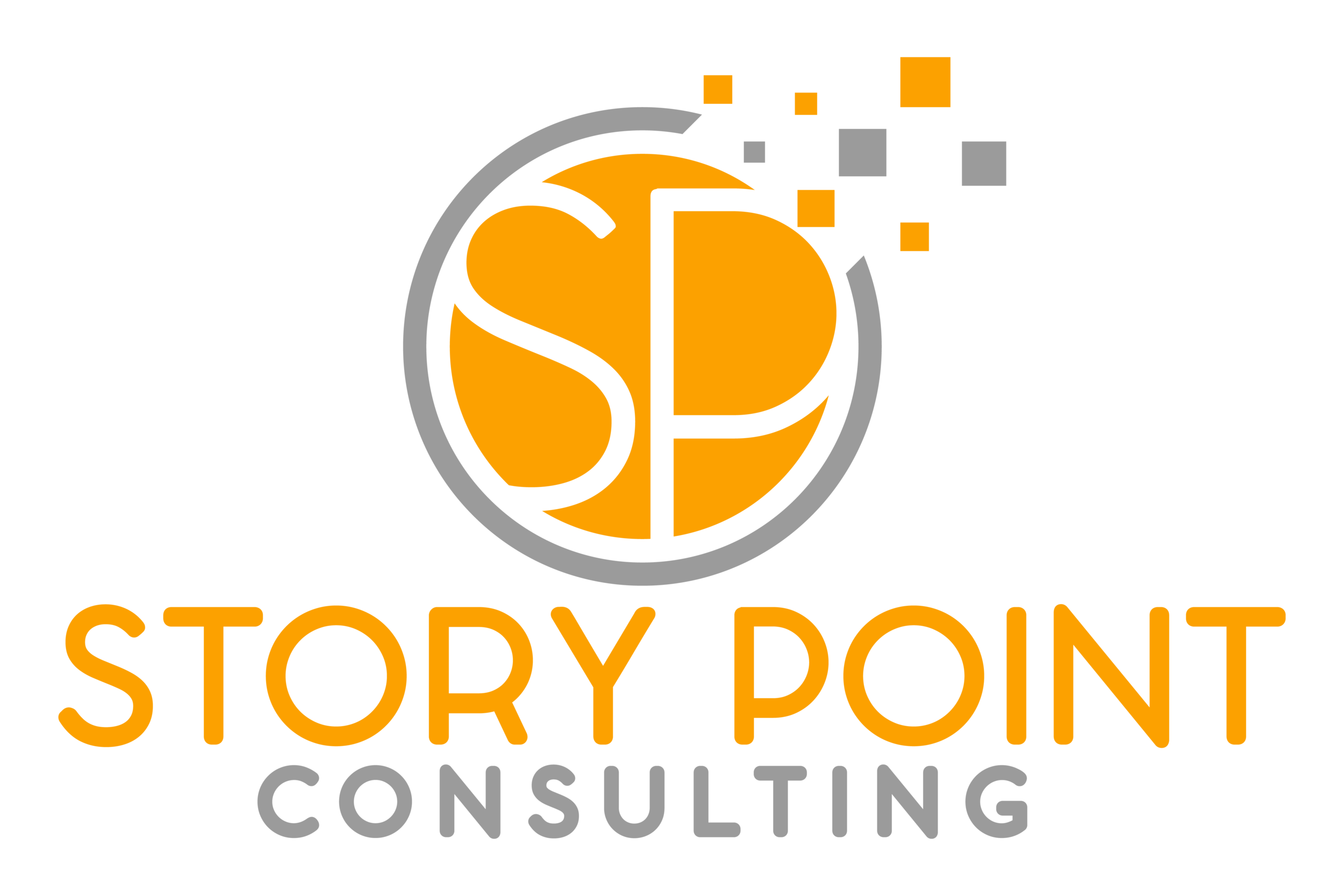How Small Nonprofits Can Scale to $25K+
Adapting Fundraising Strategies for Success
Having the ability to scale your fundraising efforts is essential for small Canadian nonprofits looking to sustain and grow their impact. Yet, challenges such as economic uncertainty, donor fatigue, and resource constraints can make breaking the $25K fundraising mark challenging. But with strong leadership, planning, and careful spending, it’s entirely possible to overcome these hurdles and achieve your organization’s ambitious goals.
If you’re looking for guidance on fundraising strategies, this article offers key tips to help you work toward $25K+ in fundraising. While it doesn’t provide step-by-step plans, the strategies shared can be tailored to different fundraising efforts, helping you build initiatives that connect with your donors and align with your organization’s goals.
Smart Strategies for Scaling Nonprofit Growth
Many Canadian nonprofits face challenges like limited funding, boards uncertain about their role in fundraising, and donor management systems that may be too expensive for small organizations. On top of that, shifts in the economy and policies make it even harder to grow.
However, reaching $25K+ doesn’t mean starting from scratch. With smart planning, practical tools, and strong donor connections, scaling your fundraising is possible. Below, we look at actionable strategies that can make scaling your fundraising efforts not just a possibility, but a reality.
Inspiring Leadership for Growth
Effective fundraising begins with confident leadership. Whether an executive director has been with an organization for years or is a new executive director, they must inspire trust and rally their team around ambitious goals. Even if you are a team of one, you need to recognize the challenges, but know there are strategies to help you reach your fundraising goals.
Sometimes, nonprofit leaders need extra support. Leadership courses or executive coaching programs can help nonprofit leaders build confidence, encourage teamwork, and create a culture of growth. While these programs may seem costly, they’re actually valuable investments in your organization’s future. Learning new skills for just a few hours can save time, which can then be used to improve fundraising efforts.
Strong leadership encourages teamwork and motivates staff and volunteers to follow your example, working together to achieve success.
Encouraging the Board
A nonprofit’s board has great potential to drive fundraising success, but an underutilized or inactive board can be a big challenge. Sometimes, board members do not fully understand their role, lack fundraising experience, or feel uncomfortable with the idea of fundraising. Since board members are volunteers and may not be familiar with daily operations, it’s important to encourage and show them how they can contribute to raising funds.
To address this, start by defining clear fundraising roles for board members and giving them the tools they need to succeed. For example, you can provide your case for support so they understand your initiatives and feel confident talking with donors. You can also encourage board members to leverage their networks. Many are either still working or retired with valuable connections in the business community. An engaged board member can use these relationships to help secure corporate donations, increasing both funding and visibility for your organization.
The key is to help board members see that, regardless of their skills, they can make a difference. Even if their efforts do not bring in immediate funds, they contribute to long-term growth strategies that ensure future success.
Uncover Hidden Value in Your Donor Base
Your existing donor base holds untapped potential, especially when it comes to past supporters who may be ready to give again. Many nonprofits overlook the potential of lapsed donors—individuals who gave in the past but have not contributed recently. Reaching out to these donors with personalized communication can reignite their interest. For example, you can share updates on the impact of their previous contributions. These efforts can help bring back past donor support and give you a better understanding of their preferences.
For smaller organizations with limited or no individual donor base, getting started can feel overwhelming. As mentioned in the previous section, begin by engaging your board members to leverage their personal and professional networks. This can help identify potential donors and build new connections. Start small, and if you only have a few contacts, it is fine to use a spreadsheet to organize and track these contacts, including contributions and notes about each contact. However, as your donor base grows, you may consider transitioning to a donor management software. These systems can help you track donation patterns, segment donors, and simplify communication, saving time and can lay the foundation for building long-term donor relationships.
Small Donor Stewardship
Smaller donors might not make headlines, but they are the foundation of many organizations. Over time, their contributions can add up to significant support, making them invaluable to your organization. Building loyalty among these donors starts with consistent engagement—whether it’s through personalized thank-you notes, updates on the impact of their contributions, or invitations to donor events.
Digital tools can make engagement easier and more meaningful. Features like automated thank-you messages, donor portals, and interactive giving experiences help nonprofits foster lasting relationships, ensuring supporters feel valued.
Beyond financial contributions, you can engage donors in ways that don’t involve asking for money—such as seeking their feedback, offering volunteer opportunities, or including them in special projects. Cultivating relationships with small donors is key to strengthening your donor base for the long term. As they feel more connected and valued, they’re more likely to remain involved and may even increase their support over time.
Building Connections Through Storytelling
Telling stories helps people connect with your mission, while a strong case for support is key to showing why your cause matters. If your message does not resonate with your community, it can be hard to explain why donors should support your organization.
Sharing stories about people who have benefited from your programs or celebrating achievements shows how donors’ support makes a real difference and keeps them connected to your mission. You can also highlight how your programs align with donor interests and offer ways for them to get involved. For example, volunteering or sharing their ideas helps them feel personally connected to your work. When donors understand how their support makes a difference, they are more likely to keep giving.
Smart Investments to Help Your Nonprofit Grow
Raising money often requires some investment from your organization, but even small, strategic efforts can lead to significant benefits over time. These commitments can open up opportunities for growth and help your nonprofit thrive in the long run.
Affordable donor management systems are a great starting point for small nonprofits. These tools help you save time, safeguard your data, and ensure important donor information is retained, even if staff members leave. And while these systems do require an upfront cost, they often pay off by helping you make better decisions. For example, centralizing your data makes it easier to analyze and identify which initiatives resonate with your supporters. Without centralized tools, processes can become disorganized, making it harder to find information. This leads to wasted time, repeated work, and even lost donors—all of which can be more costly in the long run.
Another option is leveraging artificial intelligence alongside productivity tools, both of which can be valuable resources for nonprofits. Artificial intelligence can assist with tasks like automating emails, analyzing donor behavior, and optimizing outreach efforts, while productivity tools help staff and volunteers streamline workflows, freeing up more time to focus on your mission.
Your team may also consider investing in training to strengthen every level, from leadership to staff and volunteers. As mentioned earlier, confident leadership can benefit from training and coaching, but staff and volunteers can also benefit from personal development. Free or low-cost training programs can make teams more efficient and effective at their tasks. Even on a tight budget, there are free webinars and free resources available to the nonprofit sector, making education a smart investment that helps everyone contribute at their best.
By investing wisely in tools, expertise, and training, nonprofits can strengthen their strategies, boost productivity, and achieve their goals more effectively.
Growth is Within Reach
Raising $25K+ is achievable for small Canadian nonprofits with the right strategies. Engaging your board in fundraising, analyzing data, connecting with small donors, using technology, and developing your team all help overcome challenges and drive success.
Instead of letting obstacles slow you down, focus on practical strategies that are within your team’s capacity, invest in growth, and take action to meet your fundraising goals.
Scaling your fundraising doesn’t have to be overwhelming. Our Fundraising Support for Small Nonprofits page offers practical tools and guidance to help small teams work toward $25K+ with practical steps and steady progress.
This post contains a referral link. If you use it, a portion of the proceeds helps us continue providing accessible solutions for nonprofits like yours, at no extra cost to you.




